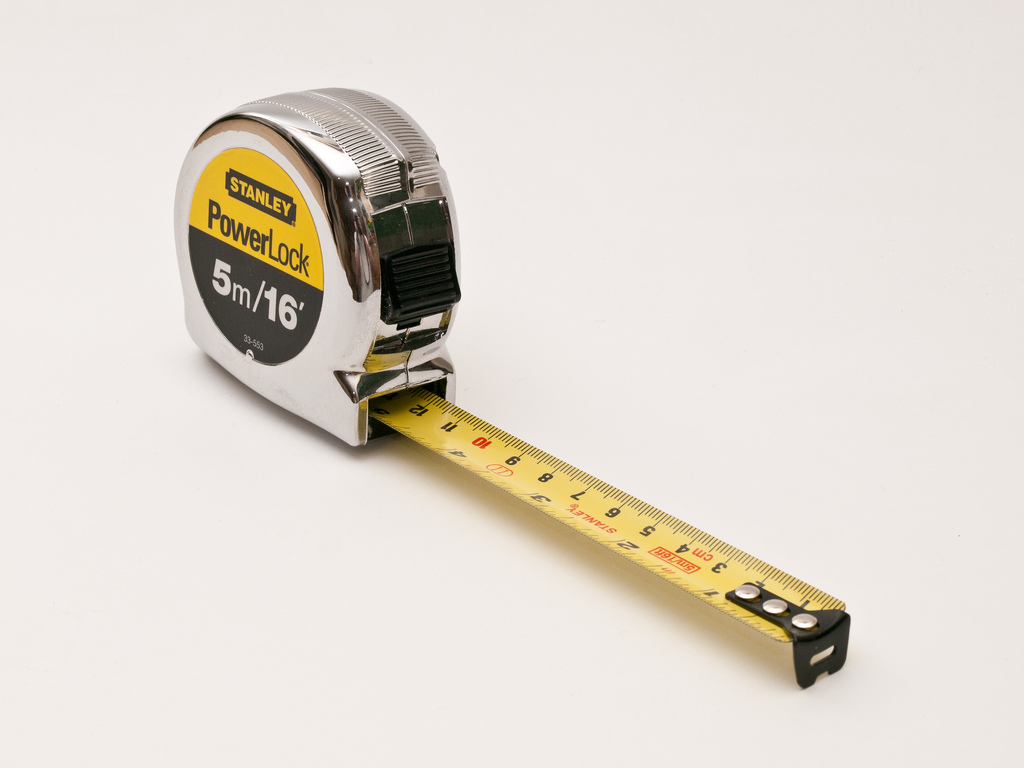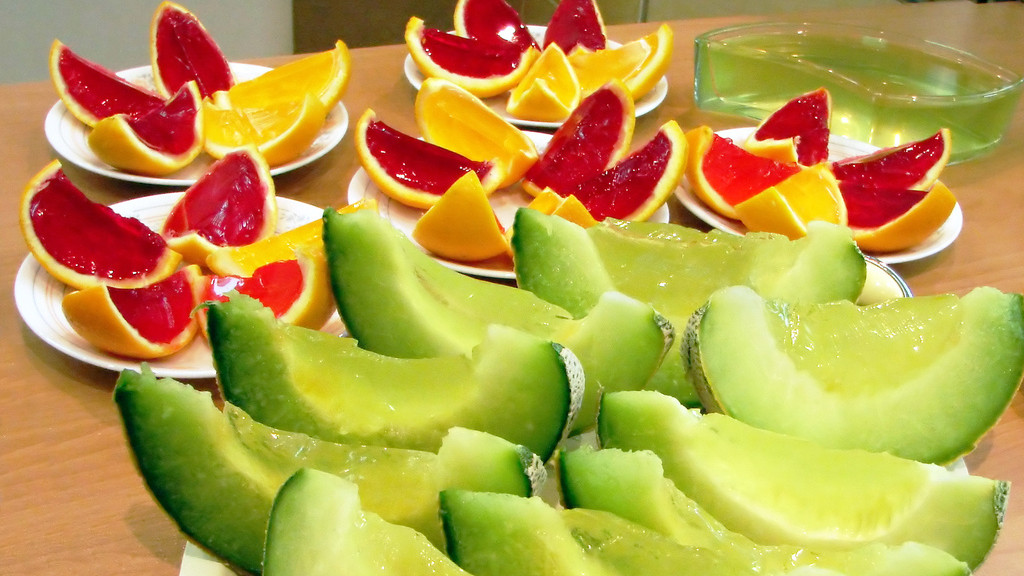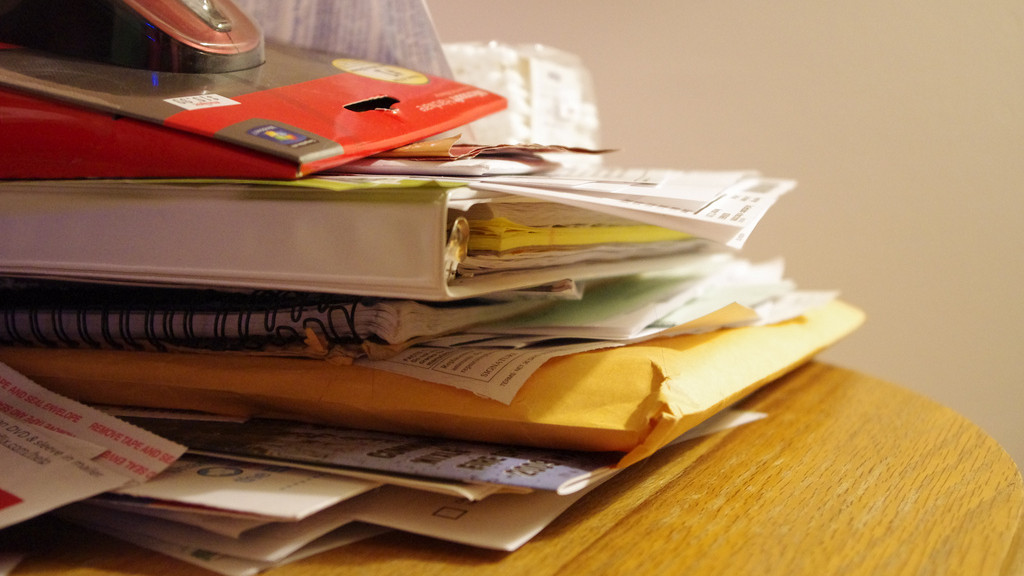One of travel’s biggest challenges – how to travel with children
Travel broadens the mind, the soul, and also empties the pocket a little, but come on, it’s so worth it!
Experiencing new cultures, languages and customs is one of those things in life that can’t be bought, so it makes sense to open up your children’s eyes to as much of the world as possible. Despite these good intentions, child-friendly travel is not one of the easiest things in the world to master.
Here are a few ideas on how to travel to Asia in particular with your little darlings, and all the problems you may encounter along the way.
Feeling hot, hot, hot
Asia is hot on the whole. In fact, an Asian heat wave can feel like the hottest depths of hell on a particularly hot day. You’ll be thinking all the lucky stars in the cosmos if you have air con, but sometimes this isn’t possible. If you have it, use it, because a hot and bothered child is prone to tantrums. If you don’t have it, get a fan and point it in their general direction.
Stay hydrated
Going hand in hand with keeping cool, make sure your keep your little ones hydrated with water and juice. Try and avoid too many fizzy drinks because a) they’re not so great for you anyway, b) they’ll get hyperactive, and c) it will make them bloated, prone to complaining, and won’t hit the hydration button quite as well as a cool bottle of water will.
Sun-cream + hat = sun protection
Another one where the weather is concerned, and this is common sense. Protect against the fiery ball they call the sun. Sun-related health problems can always be prevented by staying out of the sun during the hottest hours, wearing a hat, using sun protective swimsuits, drinking plenty of water, and keep applying sun-cream.
Stay indoors wherever possible
You’ll find lots of indoor activities if you seek them out, such as cinemas, indoor malls, indoor playgrounds etc, and for a break from the heat and sun, especially if they’re air conditioned, this will break up the day, and keep everyone cool and occupied.
Get marker pen savvy
If you’re travelling through a particularly busy Asian airport, and we all know how huge and busy they can get, it’s all too easy for everyone to get split up. Immediate panic ensues so it’s best to keep a hold of hands and don’t let go under any circumstances. Before this, write your mobile telephone number and name on your child’s hand, just in case they do get lost, and that way your precious cargo will return to you much quicker.
Do your hotel research
If you can find a hotel with a connecting room, or a separate room within a suite, then your kids can settle in their own surroundings and sleep much calmer than if you’re all crammed into one room. Do your research accordingly.
Keep your eyes open
Whilst travelling around Asian countries you might find that your children have their hair touched etc, and this is because of the difference in appearance. This can be a little scary for children, however it’s just curiosity and rarely anything to be alarmed about. It’s a good idea however to keep your eyes open and limit this wherever possible, to keep your little ones as calm and happy as possible.
Don’t attempt an on-land expedition
The key is short distances. Asia is huge, and kids don’t stand up well to huge distances all at one time. Keep it in bite-sized chunks and everyone will be happier as a result.
Happy, healthy children = happy, less stressed parents!
Want to read more about traveling for parents?
See this post from our friend Bethaney who has awesome tips on traveling while pregnant.






